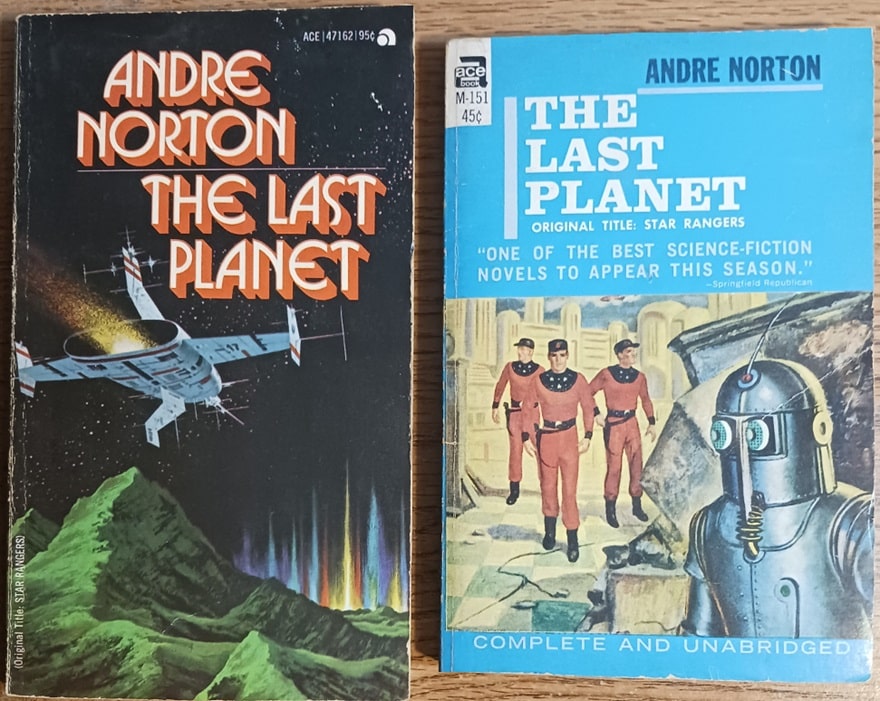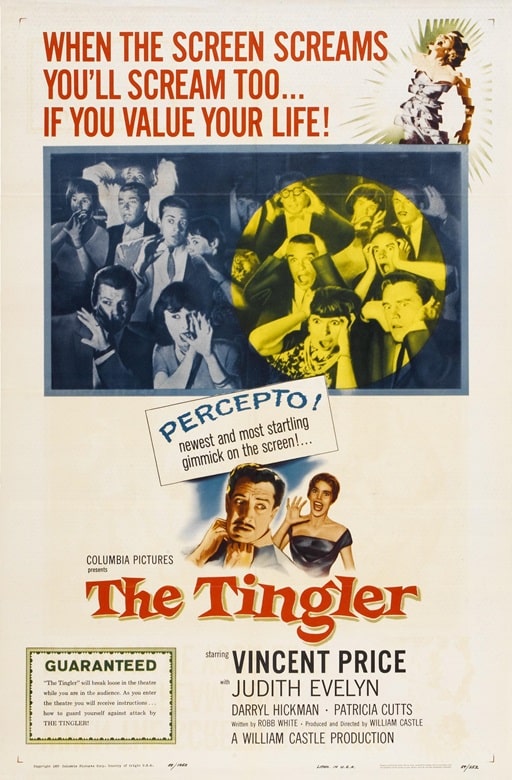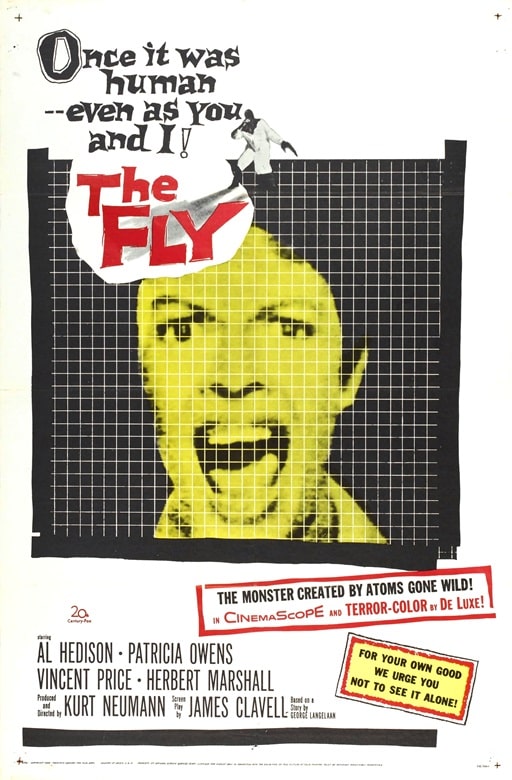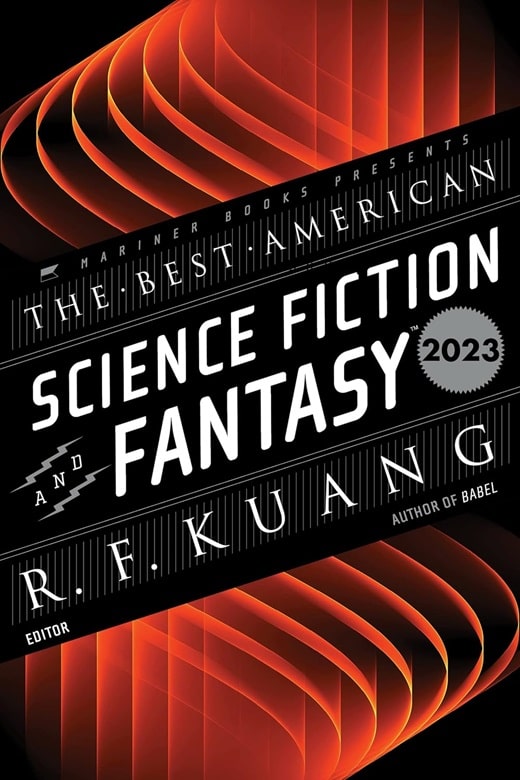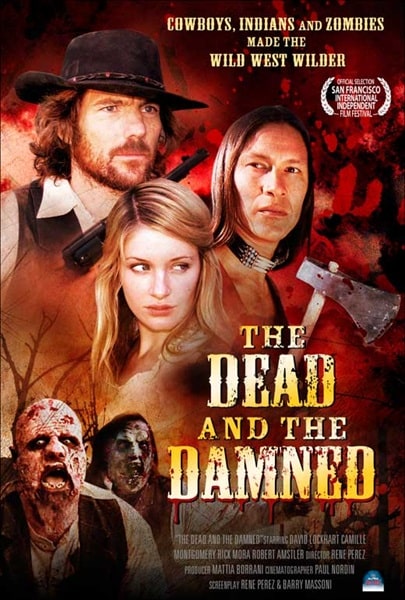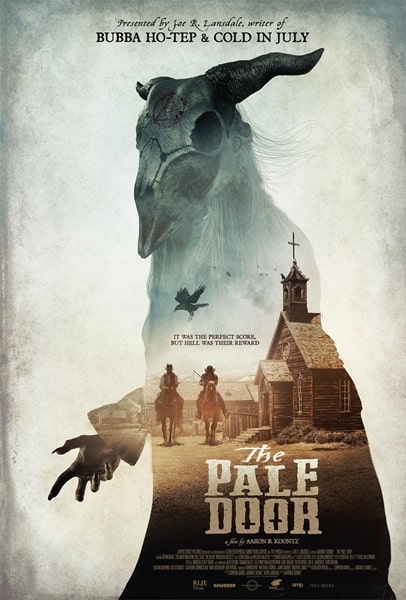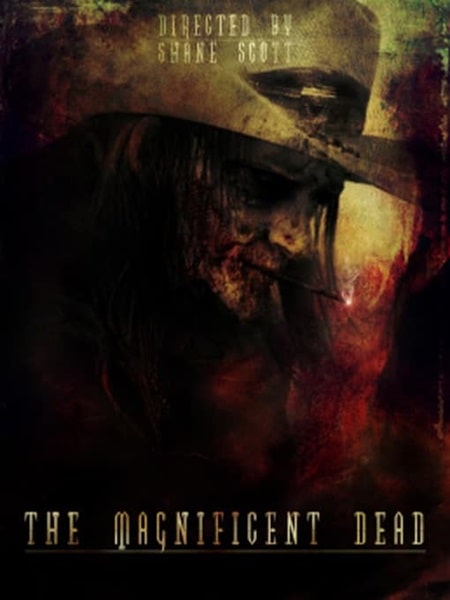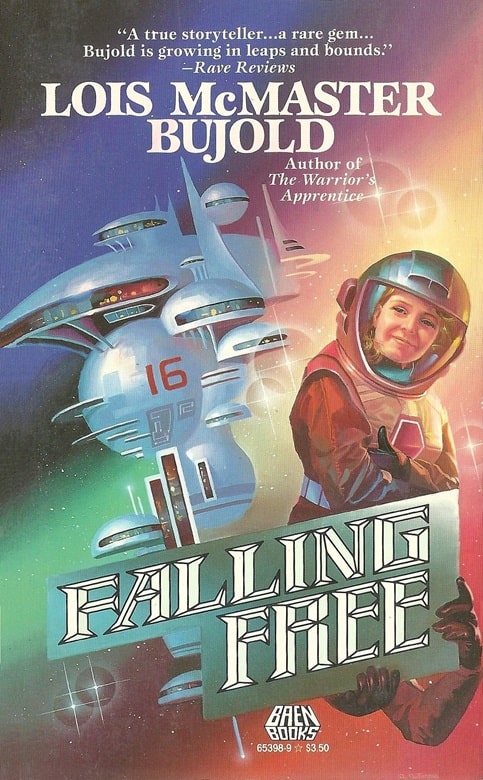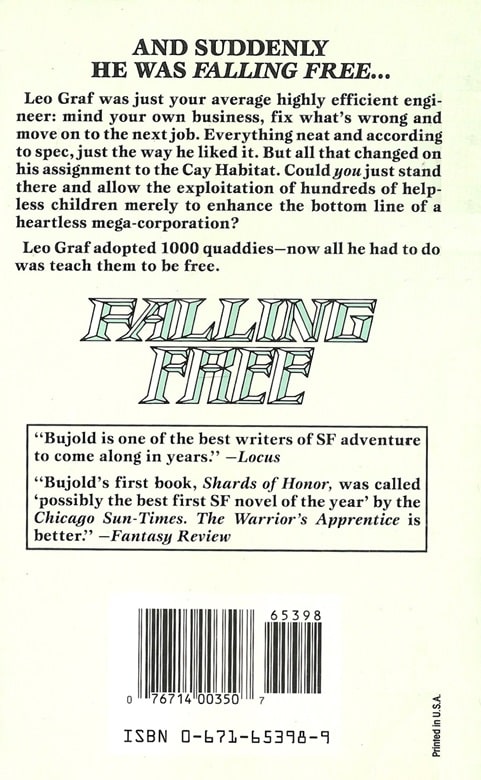Horror and Beauty in Edgar Rice Burrough’s Work: An Interview with Robert Allen Lupton
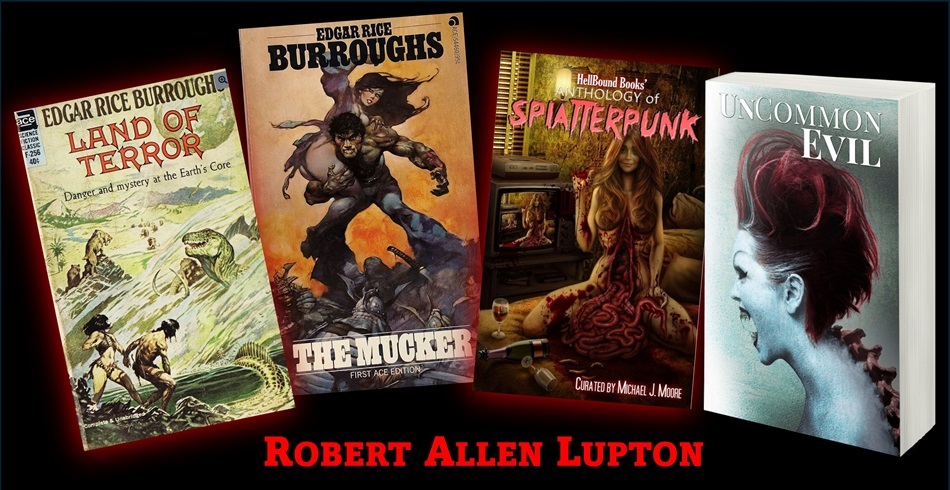
We have an ongoing series at Black Gate on “Beauty in Weird Fiction,” where we corner an author and query them about their muses and methods to make ‘repulsive things’ become ‘attractive to readers.’ Previous subjects have included Darrell Schweitzer, Anna Smith Spark, Carol Berg, C.S. Friedman, John R. Fultz, and John C. Hocking (whose Conan and the Living Plague novel is finally due out this June 2024, so you should read that too to get psyched). Anyway, see the full list of interviews at the end of this post.
This interview focuses on the legendary Edgar Rice Burroughs and an aficionado of his work, Robert Allen Lupton. The latter has published an amazing 2000 articles on www.erbzine.com, the Official Edgar Rice Burroughs Tribute and Weekly Webzine Site. Robert Allen Lupton is also a writer of 200 short stories, four novels, and six collections of adventure fiction, so this forum serves as a great opportunity to learn about past and present storytelling with a touch of horror in it.
